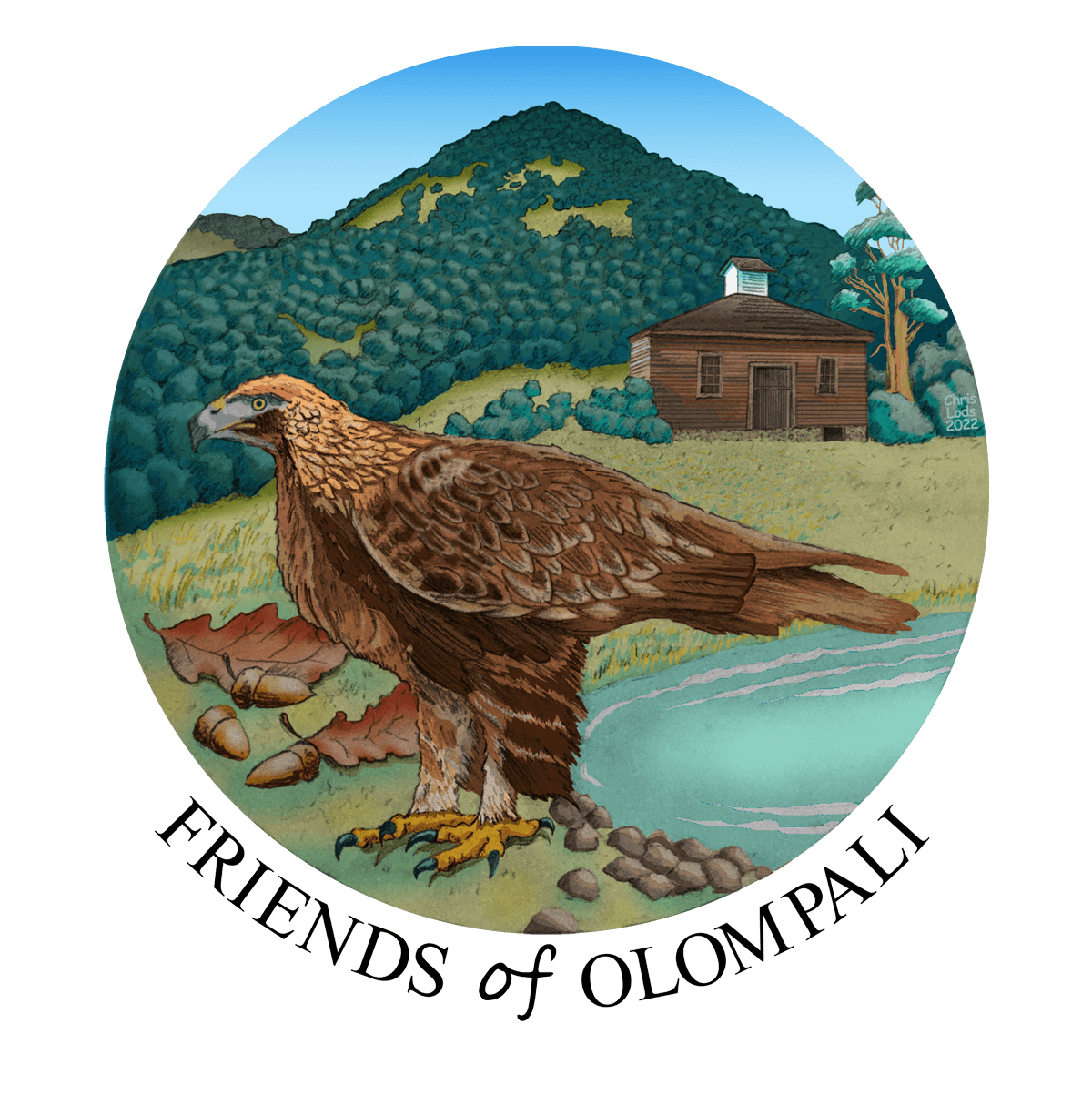Archaeological Treasure
The long-range management objectives for the Native American Resources at Olompali State Historic Park center on the protection, investigation, and interpretation of the park's archaeological sites.
The policy of the Department of Parks and Recreation is to protect and preserve all of the Native American resources. The department still needs to prepare and implement a plan for the long-range management of and archeological resources in the park. This plan will include programs for future care, research and interpretation of archeological sites.
Within the boundaries of Olompali State Historic Park are six archaeological sites, the largest of which is Mrn-193. Since Mrn-193 was included in Camilo Ynitia's Olompali Land Grant, Olompali probably reflects the Coast Miwok title for the site.
Nels Nelson recorded Mrn-193 early in the 20th century while he was surveying for the University of California. It was recorded as the 193rd site in the Bay Area in 1909. It is an extremely large occupation site of over six acres of continuous deposit with satellite deposits clustered around it.
In 1957, Adan E. Treganza of San Francisco State College excavated a trench through the center of the site in search of evidence of Sir Francis Drake's 1579 visit to the northern San Francisco Bay Area.
Charles Slaymaker conducted excavations at the site from June 1972 to October 1997, and recovered approximately 50,000 artifacts, confirming that Olompali was a high status residence and permanent hub of the community.
The Olompali community or tribelet once comprised 25 square miles of territory. This area was bounded on the north by a low ridge just north of San Antonio Creek, on the south by a ridgeline of hills south of San Marin Valley, and on the east by the ridgeline separating the Petaluma River Valley from Sonoma Valley. Much of this land was included in the original Olompali land grant given to Camilo Ynitia in 1843.
The Olompali tribelet supported a number of permanent and semi-permanent villages within this territory. The most heavily populated villages were located along San Antonio Creek. Small hunting, gathering and fishing camps existed within the community territory as well. The place chosen by Camilo Ynitia to build his adobe house supported the largest and most affluent population within the tribelet.

